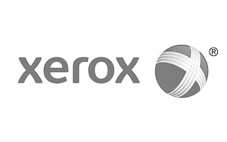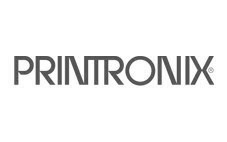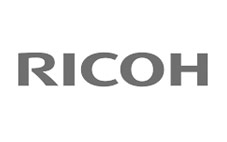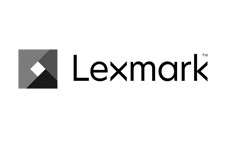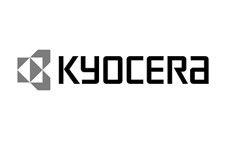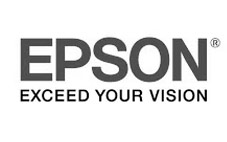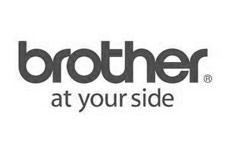The growing danger of purchasing counterfeit products online
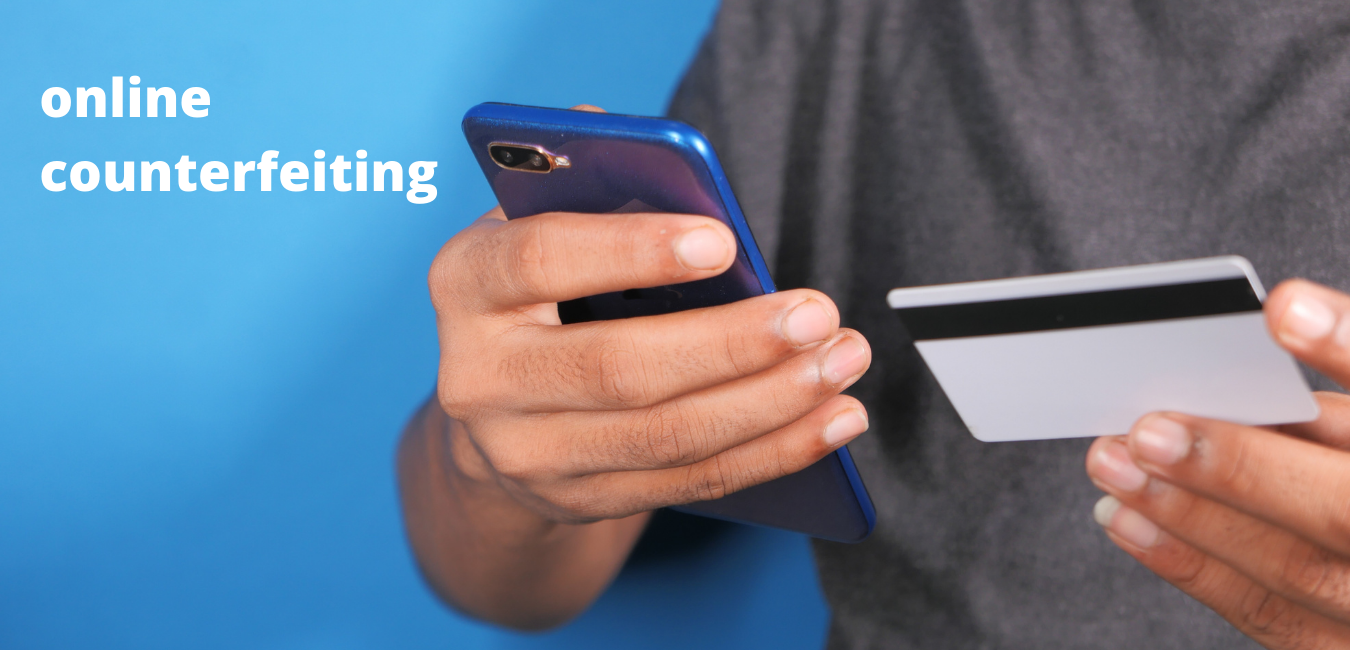
The tremendous expansion of ecommerce has been well documented and more recently, mobile platforms have become increasingly important outlets for online retail.
Online tech news outlet TechCrunch reports that Covid-19 has accelerated the shift to digital shopping by five years. This has presented a huge opportunity for anyone selling printing supplies in a quickly expanding market; and unfortunately, counterfeiters are making the most of it too.
The Imaging Consumables Coalition of Europe, Middle East and Africa (ICCE) has been fighting counterfeiters online for many years. The rise in use of online channels for the sale of counterfeit goods has been increasing rapidly during COVID.
In line with this, ICCE members have reported a rise in online enforcement actions, with one member reporting that in 2021 they saw the need to monitor 50 platforms across 20 countries with 2,300 listings taken down so far this year alone.
Another ICCE member reported that in the period between January and July 2021 they actioned a total of 26,400 online listings/offers across 35 marketplaces in 22 EU countries.
With a focus on trademark/copyright infringements and misleading listings this member monitors not just marketplaces, but also websites, social media, and domains. On a monthly basis, they tackle between 5-10 websites/domains that are considered fraud/phishing or contain malicious software for consumers.
Another ICCE member stated that for the financial year 21 (year-to-date) they had reported 10,994 infringing listings for removal for trademark infringement and presumed counterfeit, with some of the largest online market places making up nearly 30% of these. Interestingly enough, Turkish sites presented a particular problem for this member making up nearly 70% of these reports
These snapshots of activity by ICCE members demonstrate the threat from online sales of counterfeits to the consumer. Many of these online investigations are carried offline and lead to enforcement action and seizing of counterfeit products at distribution or manufacturing locations.
Why are fake goods so prevalent online?
One of the biggest drivers for counterfeiters to use online platforms is the ease with which they can gain access to a wider market. It’s simple and cheap to set up a social media profile or website, after which they enjoy several advantages:
- A potentially global audience
- Simple but effective marketing using hashtags, social media ads, spam bots
- Apps which make it easy to purchase and pay quickly
- Buyers tend to trust sellers when they are approached directly or via closed online groups
- Anonymity for the online sellers
- Low risk and unlikely to be caught; even if they are caught, punishments are small compared to the potential commercial gain.
For relatively little outlay, counterfeit sellers can easily establish themselves in the online marketplace and present themselves as a legitimate business. As a result, it becomes very difficult for the unwary purchaser to tell them from a legitimate supplier.
Why avoid counterfeits online?
Without understanding the pitfalls of buying counterfeit products, consumers can be driven simply by price to make their purchasing choices. However, there are many reasons why buying counterfeit printing supplies is a bad idea:
- Counterfeiting is essentially a criminal activity operated by organised criminals
- Counterfeiting is not a victimless crime; consumers, honest businesses and supply chains are all negatively affected
- The proceeds made by increasingly sophisticated organised counterfeit gangs are used to support other criminal activity including drug and people smuggling
- Counterfeits tend to be made in manufacturing units that do not adhere to standard health & safety or employee safety protocols, nor any environmental standards.
- Fake products use cheaper, potentially hazardous chemicals which may present a health and safety risk
- If products are faulty, there is no means of redress
- Print quality is likely to be poorer
- There is a likelihood that poor quality products will damage printers, increasing maintenance or even resulting in replacement costs
Spotting online counterfeits
It’s not realistic to expect consumers to abandon online shopping, so the key to reducing profits for criminal gangs is to educate consumers to spot the danger signs of fake printing supplies and disreputable online retailers.
If a price is too good to be true, then it should raise questions. Brands often only use select retailers and many brands have a list of approved suppliers available on their websites.
If payment methods don’t look secure, bank transfers for example rather than credit cards, then be concerned. Counterfeit sellers will often use ID theft to increase their profits.
Suspicious domain names, websites with spelling mistakes, which don’t use the SSL security protocol and poor-quality imagery should also make consumers wary. Also be aware of fake reviews – check if several reviews on the same site look similar.
On social media, pages with low engagement and accounts that don’t offer verification and authentication during the purchasing process can be warning signs. Also be wary of the social influencers. Often, they may not know any more about the product than you do, and can easily promote counterfeits unwittingly, but sometimes, they may even promote them knowingly.
The products themselves will give clues. Their packaging can be of a noticeably lower quality, slightly different colour to the one the consumer is used to or text can been misspelt.
What to do if you spot or buy a fake?
ICCE partners with law enforcement agencies to tackle those trading in counterfeits to protect consumers and industry from counterfeit printing products and the criminal networks that produce and sell them.
Any purchaser suspicious that a product may not be genuine can report this through the ICCE website at https://icce.net/suspicious-4/. Further help is also available via the individual ICCE web pages for Consumers, Resellers and Corporate procurement departments which also have links to the OEM’s/ brands relevant websites.
About ICCE
The Imaging Consumables Coalition of Europe, Middle East and Africa (ICCE) was formed in 1997 as a direct response to the increase in counterfeit imaging consumables across the regions of Europe, Middle East and Africa. Imaging consumables include such products as toners, ink cartridges and ribbons. Initially created as an industry association with a focus on education, lobbying, information exchange and awareness, it has since developed to include coordinating the role of receiving and processing intelligence information on counterfeiters, initiating joint industry raids and enforcement activities and helping its members to target counterfeiters through the criminal and civil courts.
The organisation currently has multiple members: Brother, Canon, Epson, HP Inc, Kyocera, Lexmark, Printronix, Ricoh and Xerox.
More ICCE News
To see other ICCE News items, please go to our website: www.icce.net/news/

